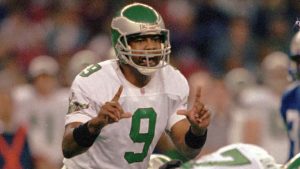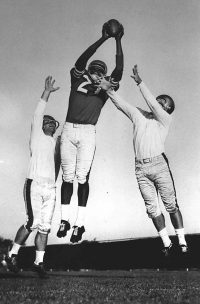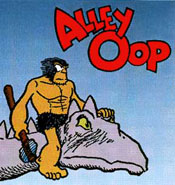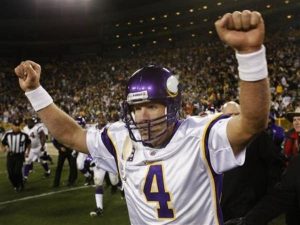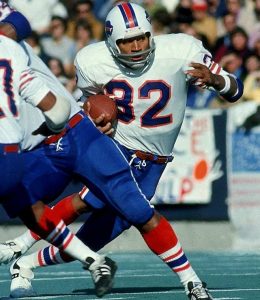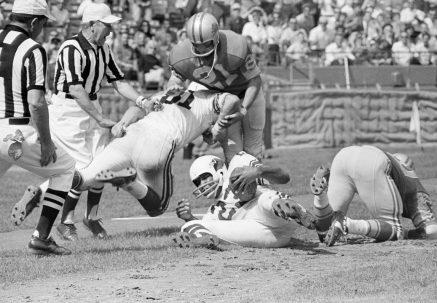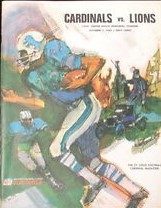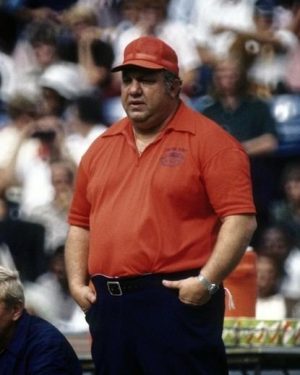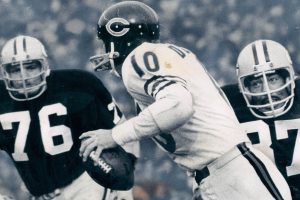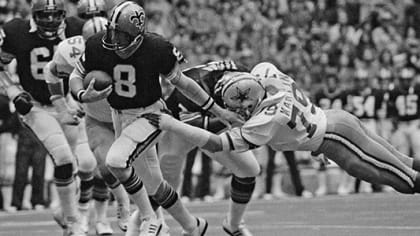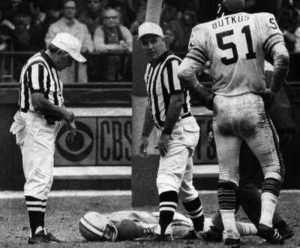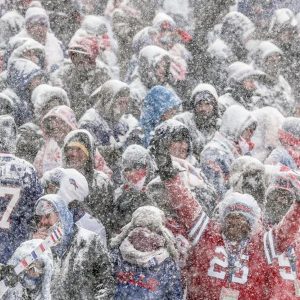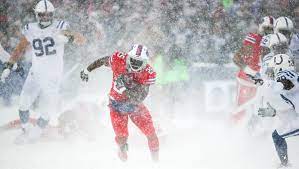It’s week 2 of the NFL season and on this week’s schedule the New York Jets tangle with the Cleveland Browns, leading us at Rayonsports to travel back to December 10, 1978 for a late season meeting between these franchises. Both clubs entered the game on the fringes of the AFC playoff race. The Jets stood at 8-6 and trailed both New England and Miami in the AFC East, while the Browns languished at 7-7, ranking third in the AFC Central. With their faint playoff hopes on the line, the 2 teams battled feverishly to stay alive.
Cleveland jumped out to a 14-0 lead as Calvin Hill ran in from 2 yards out for the only score of the first quarter, and quarterback Brian Sipe hit Greg Pruitt with a 22 yard touchdown pass. The teams traded second quarter field goals, and Matt Robinson, subbing since early in the season for the injured Richard Todd, pulled the Jets to within 17-10 at the half with a short scoring toss to Bruce Harper. Cleveland again took charge in the third stanza as veteran placekicker Don Cockroft added another field goal and Sipe scampered into the end zone from 2 yards out, upping the lead to 27-10. Coach Walt Michaels’ Jets refused to fold, however. Robinson engineered a pair of touchdown drives, finishing them off with TD throws of 4 yards to tight end Mickey Shuler and 20 yards to Harper. After Pat Leahy hit a 39 yard field goal and Kevin Long scored on a 1 yard plunge, the Jets had run off 24 unanswered fourth quarter points and found themselves in the lead at 34-27. Coach Sam Rutigliano’s Browns, who had been dubbed the “Cardiac Kids” for pulling off a series of comebacks and late game heroics, dug down deep and drove downfield with Sipe hitting Hill for an 18 yard touchdown with 14 seconds left to tie the game and force overtime.
Cockroft ruined the day for the Jets by connecting on his third field goal, from 22 yards out, to give Cleveland a 37-34 victory. The hard-fought battle went for naught for both clubs. When Miami and the old Houston Oilers both won to clinch the final AFC wild card spots, both Cleveland and New York were officially eliminated. They each finished the season with mediocre 8-8 records after that, and this game took a toll the following week as both teams appeared deflated. The Jets lost to Dallas 30-7 and the Browns were pummeled by Cincinnati 48-16 in the season’s final games.
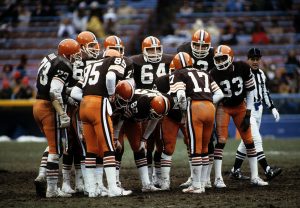
Sipe and the Browns huddle up
